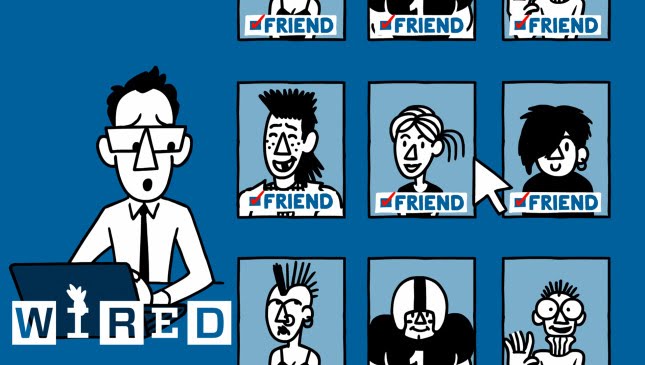Understanding Cults: Characteristics and Controversies
Summary
In this Q&A article, we explore the characteristics and controversies surrounding cults through insights from Dr. Janja Lalich. We examine the factors that define a cult, the differences between a cult and a religion, and how people become involved in cults. We also discuss various types of cults and the challenges that members face when leaving a cult.
Table of Contents
- What are the defining characteristics of a cult?
- How can we distinguish between a cult and a religion?
- How do people become involved in cults?
- What are some examples of cults?
- How do cults operate?
- How do cult members realize they are in a cult?
- What is the prevalence of cults today?
- What happens when a cult collapses?
- What can someone do if they are in a cult or have left a cult?
Introduction
Cults have always been a subject of controversy due to their intense and often alarming ways of thinking and behaving. While these groups are not necessarily illegal, they can be dangerous to those who fall into their trap. In this Q&A article, we delve into the characteristics and controversies surrounding cults through insights from Dr. Janja Lalich.
Q&A
What are the defining characteristics of a cult?
According to Dr. Janja Lalich, there are four key factors that define a cult. These include a charismatic leader who is often a narcissist, a transcendent belief system that claims to offer all the answers, systems of control over members’ behavior, and systems of influence that play on members’ emotions to ensure their compliance. Cults often try to isolate their members from the outside world and may control where they live, who they associate with, and what they wear or eat. They may also use tactics such as sleep deprivation, public humiliation, and guilt-tripping to ensure their obedience.
How can we distinguish between a cult and a religion?
While a religion can also feature charismatic leaders and transcendent belief systems, the main difference lies in the freedom of independent thinking. In a religion, people have the choice to question the dogma and have the option to leave if they disagree. On the other hand, in a cult, people are resocialized to conform and comply with the demands of the group. The definition of a cult versus a religion is not always clear-cut, and can depend on factors such as the group’s behavior, size, and level of control over its members.
How do people become involved in cults?
Joining a cult often involves making a commitment in front of other people. This provides a sense of community and belonging, especially for those who are vulnerable or facing difficulties in their lives. Cults typically target people who are searching for answers or who feel a sense of disenchantment with their current lives. People don’t get brainwashed overnight; it’s a resocialization process, involving the stripping of old identities and the adoption of new ones.
What are some examples of cults?
One famous example is Jim Jones and the Peoples Temple, which ended in a mass suicide in 1978, where over 900 people drank cyanide-laced Flavor-Aid. Another example would be Keith Ranieri’s Nxivm, an American sex cult, that was involved in sex trafficking and forced labor. However, cults are not always associated with religion, and can take various forms in any type of belief system.
How do cults operate?
Cults typically use a combination of tactics to indoctrinate and brainwash their members. This includes using shame, guilt, and fear to ensure their compliance. Cults also apply social pressure to conform, with isolation from non-members, and harsh criticism of those who question the group’s beliefs. While the cult may start out as an optimistic and well-meaning group, it often degenerates into a dangerous and abusive society.
How do cult members realize they are in a cult?
Cult members may have doubts and may not agree with everything the group stands for, but they may suppress these doubts, putting them on a shelf in the back of their minds. Over time, the weight of these doubts may break the shelf, and they may realize that something is wrong and that they need to leave the group.
What is the prevalence of cults today?
Cults have been a problem throughout history and continue to exist today, even with the rise of the internet. The internet has created an environment in which more people are exposed to misinformation, conspiracy theories, and extremist ideologies. Groups such as QAnon, which started online, have become widespread, with their own conspiracy theories that often run unchecked.
What happens when a cult collapses?
When a cult collapses, it can be a traumatic experience for members who have dedicated their lives to it. Some may drift away, form splinter groups or seek decultificaton programs to help them transition back into society. However, in some cases, violence, such as the case of the Heaven’s Gate cult or the Aum Shinrikyo cult in Japan, can occur.
What can someone do if they are in a cult or have left a cult?
It can be challenging for people to leave a cult, especially if it has been the center of their life for a long time. The first step is for them to recognize that they are in a cult and that they need to leave. It’s essential to have a support system and people to keep them grounded. There are various resources online, including decultification programs and support groups that can help in the recovery from cult involvement.
Conclusion
Cults are a tragic reality that can destroy the lives of those that get caught in their web. By understanding the characteristics and dangers of cults, we can help avoid their negative influence and assist those who have been caught up in them. We hope this Q&A has shed light on the challenges and complexities of cults and provides insight into how we can help those who are struggling.






